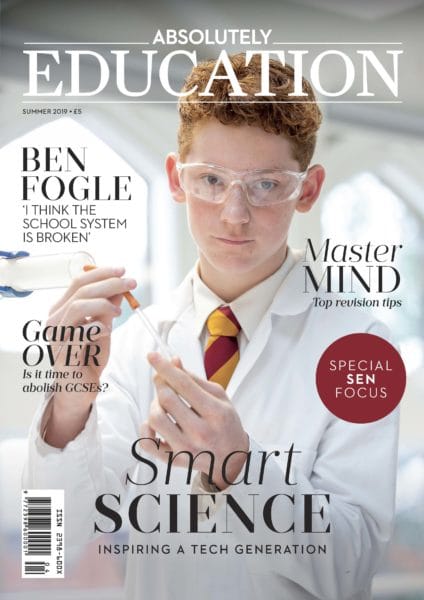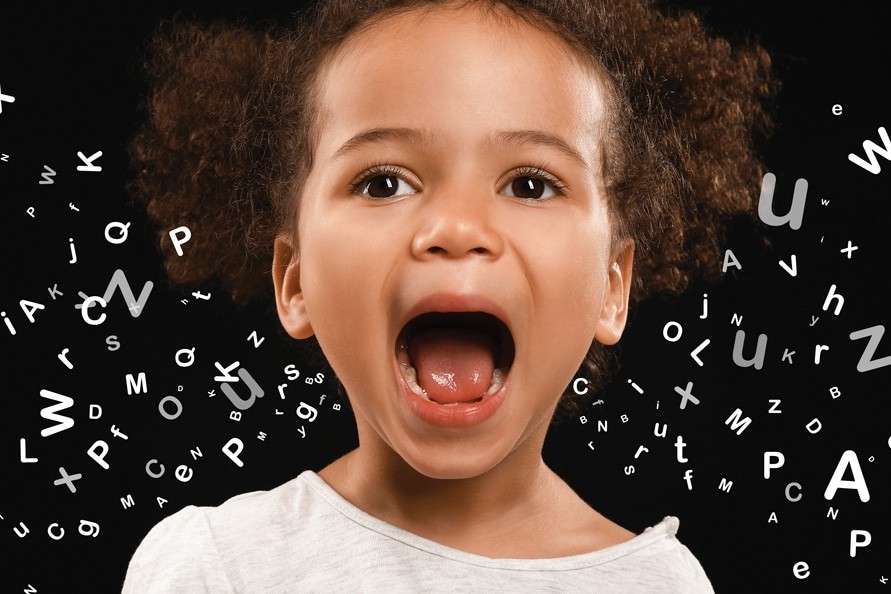James Gilbert-Farrell, Deputy Head of Abingdon House School on the ways Arts support learning and growth in specialist schools
Working in a specialist school supporting pupils with varying needs relating to their autism, specific learning difficulties, social communication difficulties or other associated needs, we make use of an integrated therapy approach in which our teachers, speech & language therapists and occupational therapists work together in partnership to break down the barriers to learning.
In doing so they ensure that our students are able to access the curriculum to their full potential. While this approach works incredibly well for traditional academic subjects, it is in the creative arts subjects – Drama, Music, Art and Dance – that integrated therapy can really come into its own and offer some of the greatest benefits.
The style and delivery of teaching and learning in the creative subjects – practical, expressive and nurturing – allows students with learning differences the opportunity to shine where they may not in a more traditional classroom setting. In Arts subjects, students are encouraged to develop their ability to explore the world around them in a multi-sensory environment; they are able to express their ideas, stories and realities in practical and creative ways; and they are able to work both independently and collaboratively in ways that suit their particular needs.
Creative subjects allow students with special educational needs to discover their voices. Through drama and singing students explore and develop the pitch, tone, inflection and volume of voice that’s needed in a variety of social situations – they explore this through play, improvisation and adult modelling. Students are encouraged to decode their own and other people’s facial expressions by mirroring adults and their peers, through drawing and sculpting and through the sharing of experiences.
“It is in the creative arts subjects – Drama, Music, Art and Dance – that integrated therapy offers some of the greatest benefits”
Art and Music develop students’ fine motor skills while Drama and Dance can enhance gross motor skills – two areas that many of our students need support with. While sensory or movement breaks, which are so important to help regulate and focus SEND students, are embedded within subjects across the curriculum, using dramatic or dance techniques can often aid these practices in a playful and safe way.
The therapeutic benefits of the Arts are hugely important to good mental health and wellbeing. Not only do they allow students to develop a sense of their own identity, to build empathy and increase their resilience, but students can also use the creative arts as a way of releasing the pressures they experience elsewhere in their lives in a safe and controlled environment. Singing, painting, moving, playing or listening to music all support a SEND student’s ability to regulate their emotions and allow them to access the curriculum much more effectively.
Being visible – that is, feeling like you’re seen and represented – is vital to every part of society, and this is especially so for young people with learning differences. Arts subjects allow students the opportunity to create work, both for themselves and their peers, that reflects their own lives and realities. This empowers them to tell their own stories and that, in turn, builds their own self-belief and confidence.
With all these benefits, it’s easy to forget that a rich and varied arts education is important purely for the joy the arts bring to our lives. The Arts allow us to feel pain and suffering, love and hate, joy and ecstasy – all from the safety of our classrooms.
Of course, this beneficial input isn’t limited to SEND students. All students everywhere deserve an arts education that allows them to grow into fully rounded and socially literate citizens.
Abingdon House School abingdonhouseschool.co.uk
Further reading: How art therapy can help children with SEN
You may also like...


























